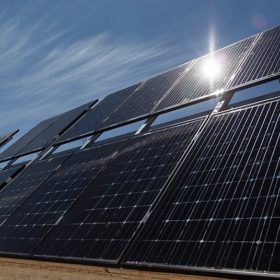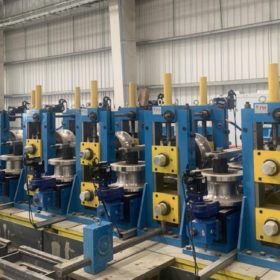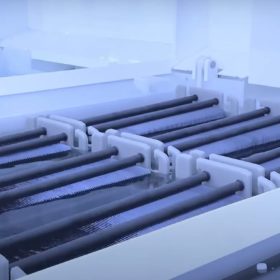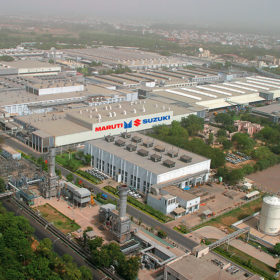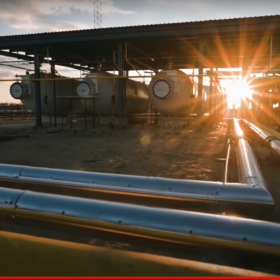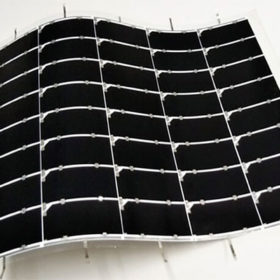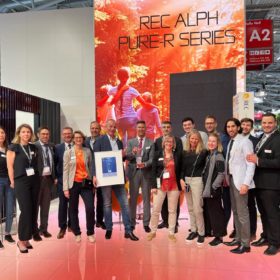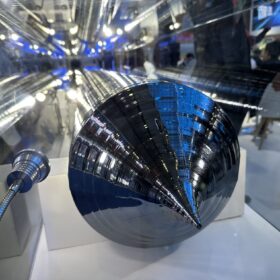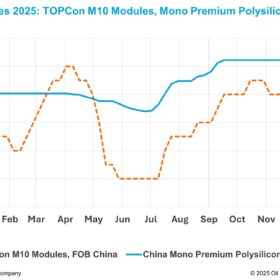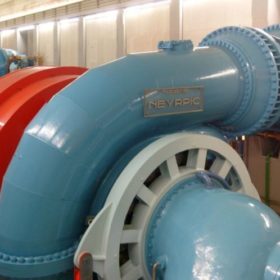Ayana wants to develop 2 GW of solar and wind projects in Karnataka
The Bengaluru-based renewable energy producer has signed an Expression of Interest with the Government of Karnataka to invest around INR 120 billion ($1.54 billion) in developing 2 GW of solar and wind projects in the state.
Tata Power commissions 450 MW DC solar project for Brookfield Renewable India
Tata Power’s solar manufacturing and EPC unit has commissioned a 450 MW DC solar project in the Indian state of Rajasthan.
Telecom industry body hails green energy open-access reforms
The Cellular Operators Association of India has welcomed lowering of the green energy open-access transaction limit from 1 MW to 100 kW under the Electricity (Promoting Renewable Energy through Green Open Access) Rules 2022.
Arctech 3 GW solar tracker factory in India enters trial operation
The Chinese manufacturer’s 3 GW factory in Gujarat is equipped with fully automatic production lines to produce all major components of solar tracker products.
Kredence partners Germany’s RENA for additive supply to Indian solar manufacturing sector
Kredence, a Gujarat-based PV chemical solution provider, will provide its production facilities in India to deliver the latest version of RENA monoTEX moderating and wetting agent for alkaline texturing of mono Si-wafers.
Maruti Suzuki installs Asia’s largest 20 MW solar carport
Maruti Suzuki’s new 20 MW solar carport will host about 9,000 finished vehicles and will meet 11.5 % of the total electricity requirements of its factory in Haryana.
Technologies revolutionizing solar energy
Advanced solar panels, inverters, batteries and plant monitoring technologies are revolutionizing the solar sector.
Acme to invest in green hydrogen, ammonia plant with captive solar in Karnataka
Renewables developer Acme Cleantech Solutions has signed a deal with the Karnataka government to invest INR 52,000 crore ($6.7 billion) in a new plant capable of producing 1.2 million tons of green hydrogen and ammonia per year, co-located with a captive solar plant.
Sharp achieves conversion efficiency of 32.65% in flexible, lightweight solar module
The new prototype uses a triple-junction compound design, which sandwiches the solar cell between layers of film. The module is expected to be used in a variety of vehicles, an application that demands high efficiency and lightweight construction. Its conversion efficiency bests that of a similar Sharp module developed in 2016, which notched an efficiency of 31.17%, at the time a world record.
REC: “Our future is in HJT”
While many solar manufacturers are as yet undecided about which PV cell technology they will choose for their next high efficiency expansions, for Singapore-based REC, the future is HJT. pv magazine spoke to Cemil Seber, the managing director at REC Solar EMEA GmbH at the Intersolar Europe 2022 trade show, to dig deeper into these manufacturing plans.

